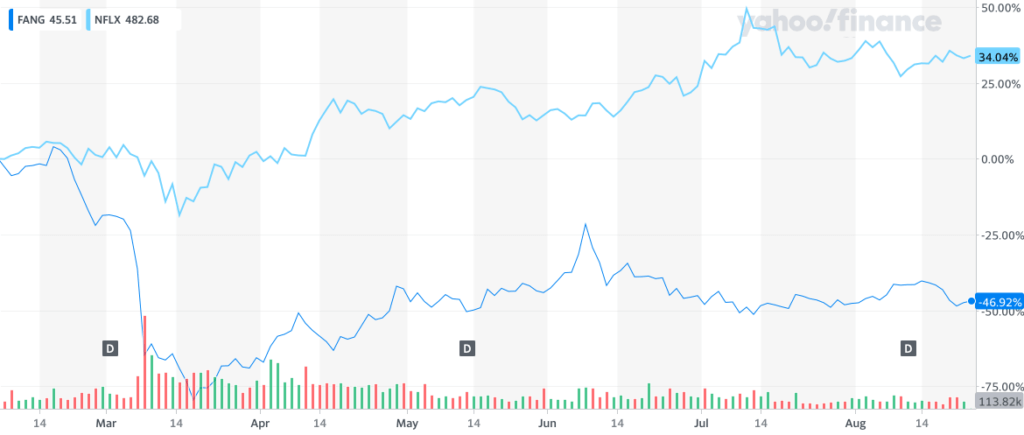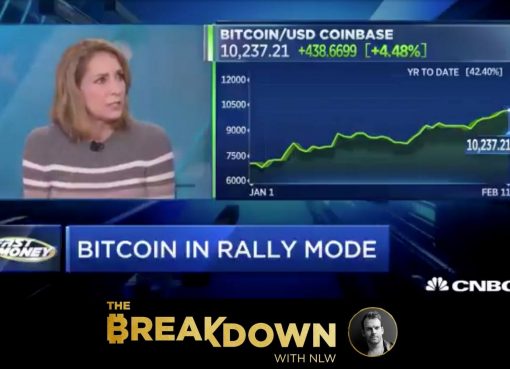- The stock market’s performance offers a clue about the future of U.S. jobs.
- Companies that rely on their employees haven’t fared as well as those that don’t.
- Coronavirus has expedited this shift away from relying on people.
One of the biggest uncertainties brought on by the pandemic is unemployment. When lockdowns began and jobless figures skyrocketed, many were quick to dismiss the jump as temporary—when things get back to normal, so will hiring.
At the start of the summer, that seemed to be the case. But recent data show unemployment claims were back on the rise last week, confirming that the labor market’s recovery will be anything but swift.
Don’t Expect Unemployment to Improve
Nothing was more striking than an analysis of the stock market by StoneX Group Inc.
Vincent Deluard, the director of global macro strategy at the brokerage, divvied up the S&P 500 into groups based on the value of its intangible assets per employee. Deluard wanted to find out how firms that depend less on people fared this year. The results were stark.
Companies that can operate with fewer employees vastly outperformed their labor-intensive peers.
Netflix (NASDAQ:NFLX) was a shining example of this phenomenon. The firm employs less than 9,000 people but has a market value of $215 billion. Its stock is up roughly 35% from the beginning of the year.

Tesla (NASDAQ:TSLA) and Ford (NYSE:F) offer another example of Deluard’s findings.
Tesla is now worth a whopping $374 billion. Ford, on the other hand, has a market cap of $27.5 billion. Now consider that Ford’s workforce is almost four times the size of Tesla’s. It’s a comparison that works across virtually every faction of the U.S. economy. Ford stock is down 24% so far this year, while TSLA is up more than 300%.

Deluard’s analysis shows that the American economy no longer relies so heavily on workers—a fact that has become even more visible during the coronavirus crisis. His research is backed up by the fact that Microsoft, Apple, Amazon, Alphabet, and Facebook account for just 5% of the S&P 500’s workforce.
What’s Next for U.S. Households?
As TD Ameritrade’s Shawn Cruz put it, this shift in the economy could have disastrous consequences:
Equity markets have moved higher and it has reflected the actual economy we have right now — but it’s not necessarily the economy we would like to have. The disparity is pretty much universally agreed upon. But I think the uncertainty is how bad it is and what shape the average household comes out of this in.
The stock market reflects investors’ view of the future. Although the market’s sharp recovery has many betting on a robust economic rebound, the outlook could be disastrous when you consider the companies leading the rally.
Profit is king on Wall Street, which is why the likes of Netflix–a company that has been able to grow substantially without the added cost of a huge workforce–has been a winner. Employee wages are one of the most substantial cost burdens U.S. corporations have to bear. That’s why in times of financial trouble, layoffs are often the first port of call.
Now add the fact that businesses have to spend hundreds of thousands of dollars to protect their employees from coronavirus outbreaks, and you have a strong case for trimming the fat and marching forward with a much leaner workforce.
As Cruz pointed out, that may not shake out well for the average U.S. household.
The average household is a crucial factor in terms of economic growth because U.S. consumers account for roughly 70% of the nation’s GDP. Consumers plagued by unemployment don’t spend as much, something that is bad for everyone on Wall Street, even Netflix.
Disclaimer: The opinions expressed in this article do not necessarily reflect the views of CCN.com and should not be considered investment or trading advice from CCN.com. Unless otherwise noted, the author holds no investment position in the above-mentioned securities.




